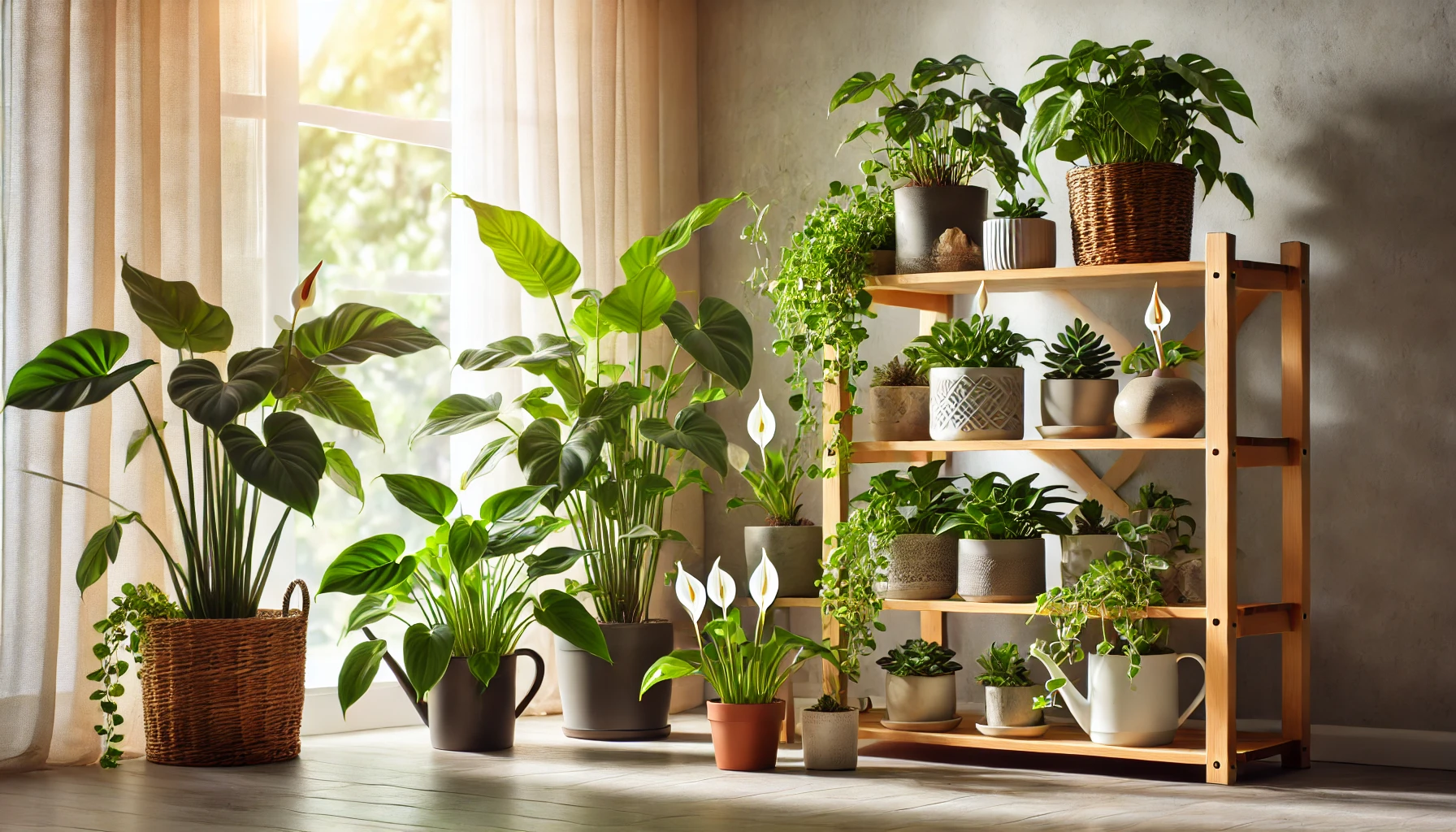
Top 10 Common Indoor Gardening Mistakes to Avoid for Healthier Plants
Indoor gardening is a rewarding hobby that brings nature into your home, but it’s easy to make a few mistakes along the way. Whether you’re a seasoned plant parent or a beginner, avoiding common indoor gardening mistakes can make all the difference in creating a healthy and thriving garden. Overwatering, improper lighting, and neglecting your plants’ specific needs can lead to stressed, struggling plants. In this article, we’ll explore the top 10 mistakes that many indoor gardeners make and how you can avoid them for healthier, happier plants. Let’s dive into the essential tips that will keep your indoor garden flourishing!
Table of Contents
ToggleOverwatering Your Plants 🌧️💦
Overwatering is one of the most common indoor gardening mistakes that can easily damage your plants. When you water your plants too much, the roots can become waterlogged and oxygen-starved, leading to root rot and unhealthy growth. The key is finding the balance. 🌿
Signs of Overwatering:
- Yellowing leaves 🍂
- Wilting despite wet soil 🌱
- A musty smell from the soil 🤢
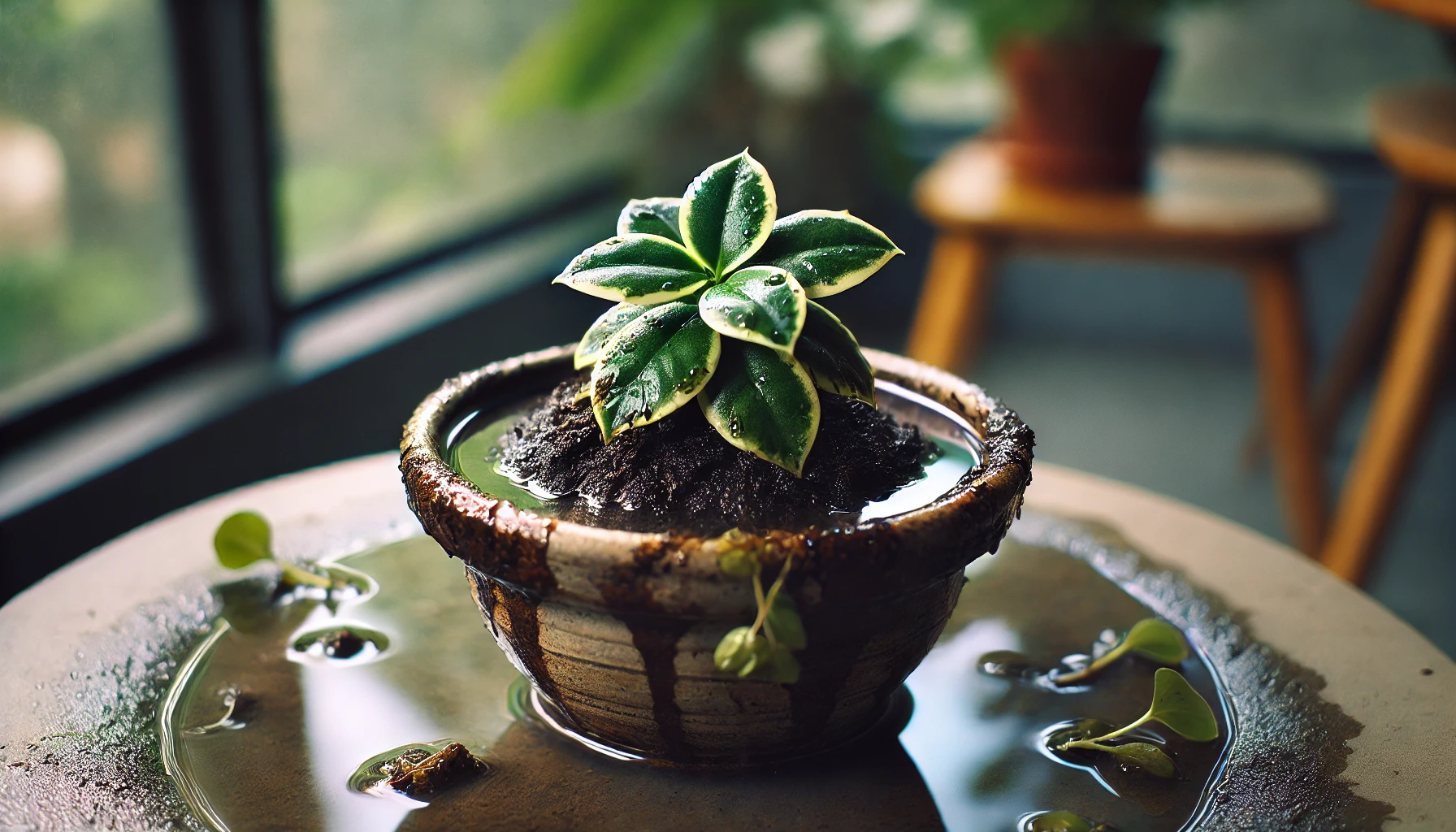
How to Fix It:
- Always check the soil moisture before watering! Stick your finger about 1-2 inches into the soil. If it’s still damp, skip watering for now.
- Use pots with drainage holes to allow excess water to escape 🌸.
- Water deeply, but less often, ensuring the soil dries out slightly between waterings.
By staying mindful of your watering habits, you’ll keep your plants happy and healthy! 🌿💧
Underwatering Your Plants 🌵💧
While overwatering can harm your plants, underwatering is just as damaging. When plants don’t get enough water, they can become dehydrated, leading to drooping, crispy leaves, and stunted growth. 🌞
Signs of Underwatering:
- Dry, crispy leaves 🍃
- Wilting, even when the soil is dry 🌾
- Soil pulling away from the edges of the pot 🏺
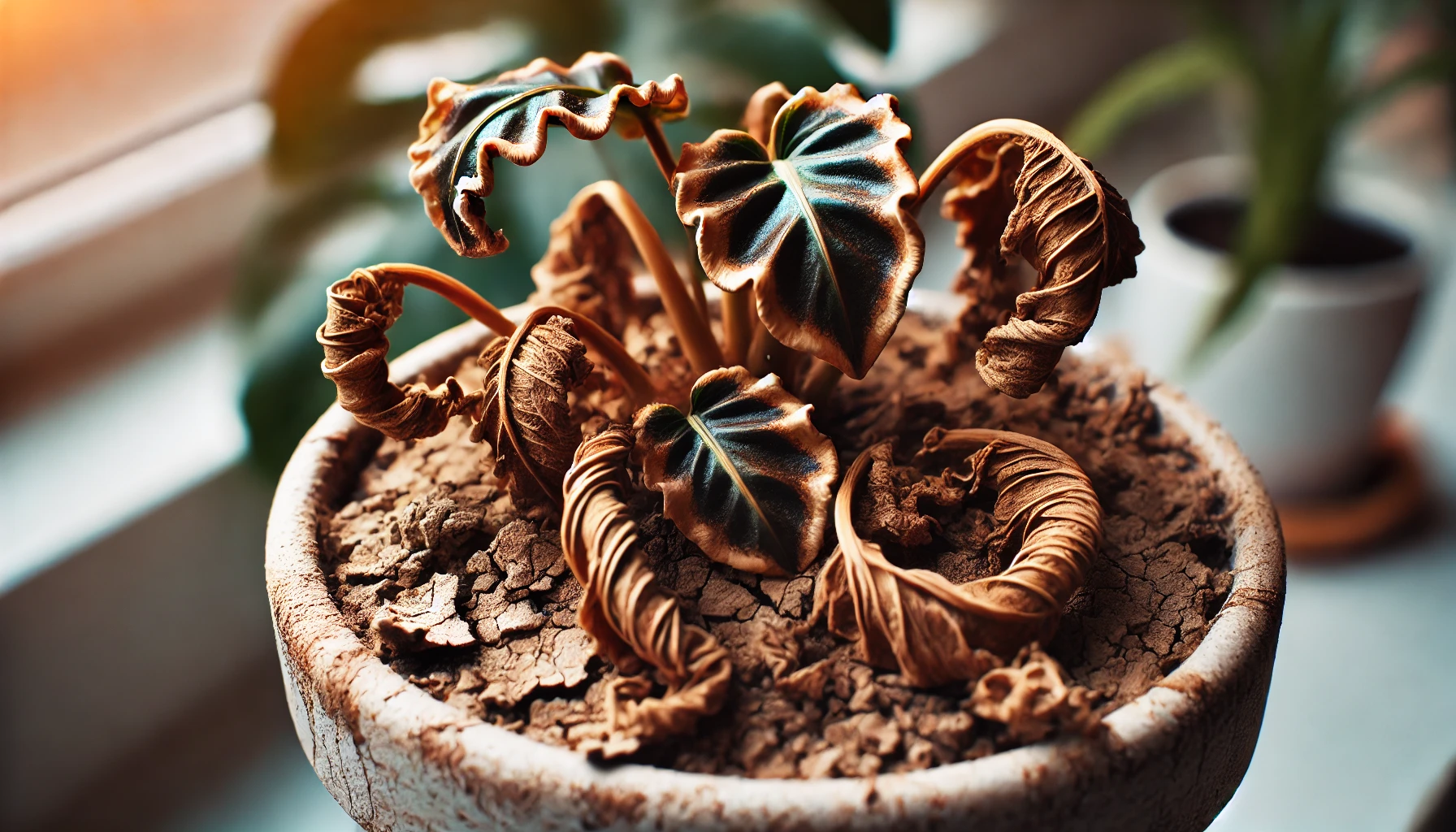
How to Fix It:
- Establish a consistent watering routine—check the soil regularly to see if it’s dry before watering.
- When watering, give your plants a thorough soak so that water reaches the roots. 🌱
- Consider using a self-watering pot or adding a humidity tray to maintain moisture levels for plants that need more water.
By paying attention to your plants’ water needs, you’ll prevent dehydration and help them thrive! 🌿💦
Not Providing Enough Light ☀️🌿
Light is crucial for your indoor plants to thrive. Without the right amount of light, they can become leggy, weak, and fail to bloom or grow properly. Each plant has unique light requirements, and understanding those is key to healthy growth. 🌱
Signs of Insufficient Light:
- Leggy, stretched-out stems 🌿
- Slow or stunted growth 🌱
- Yellowing or dropping leaves 🍂
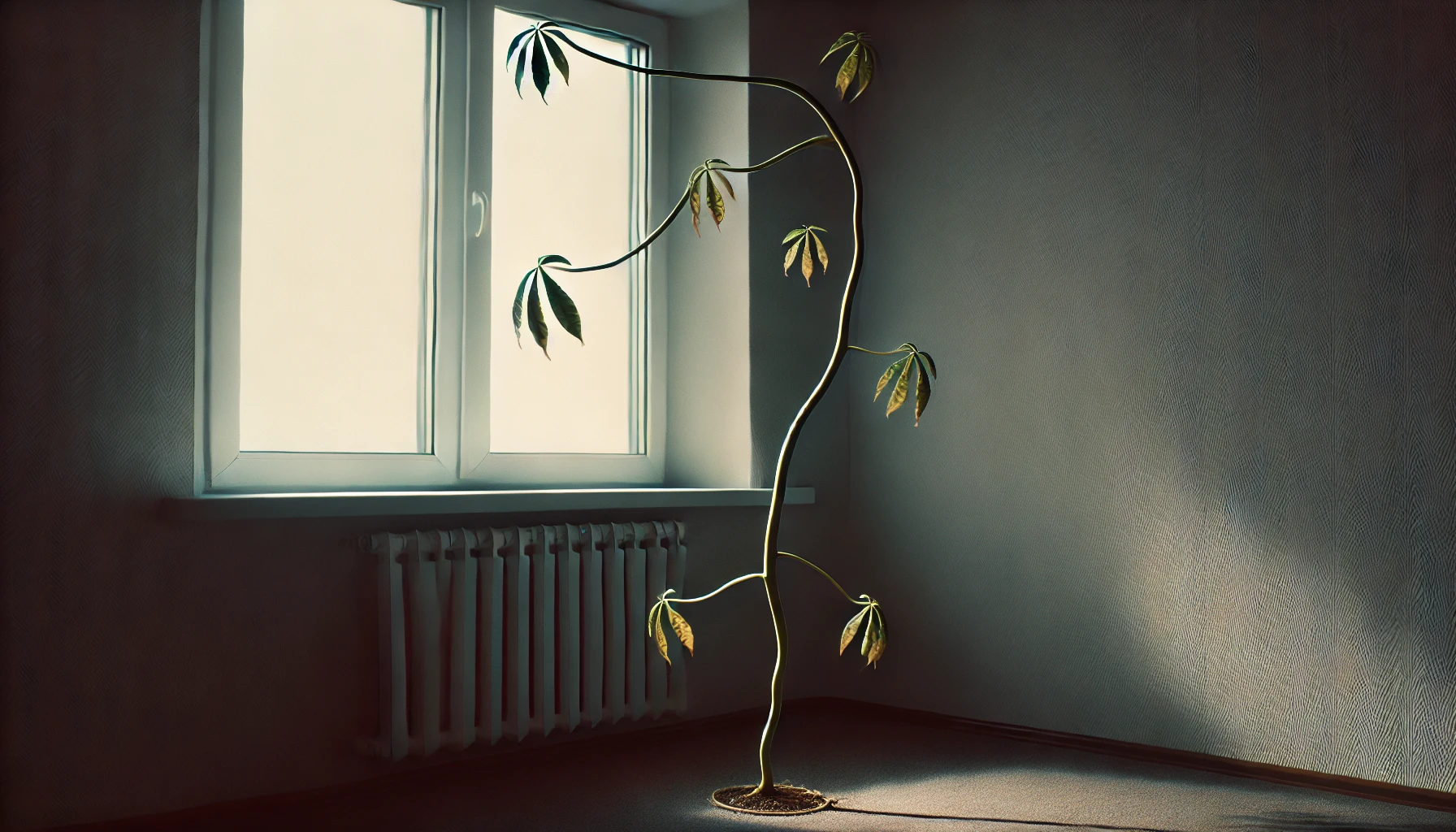
How to Fix It:
- Place your plants in spots with appropriate light based on their needs—bright, indirect light for most indoor plants, or direct light for sun-loving varieties like succulents.
- Rotate your plants regularly to ensure even exposure to sunlight. 🌞
- If natural light is limited, consider investing in grow lights to give your plants the light they crave! 💡
Providing the right amount of light will help your plants stay vibrant and strong! 🌿🌞
Using the Wrong Type of Soil 🌱⚒️
Soil plays a critical role in your plants’ health. Using the wrong type of soil can lead to poor drainage, nutrient imbalances, and hindered root growth. Not all soils are created equal, and each plant has its own specific needs. 🏡
Signs of Poor Soil:
- Water doesn’t drain properly or pools on top of the soil 🌧️
- Yellowing leaves or stunted growth 🍃
- Roots becoming waterlogged or suffocating 🪴
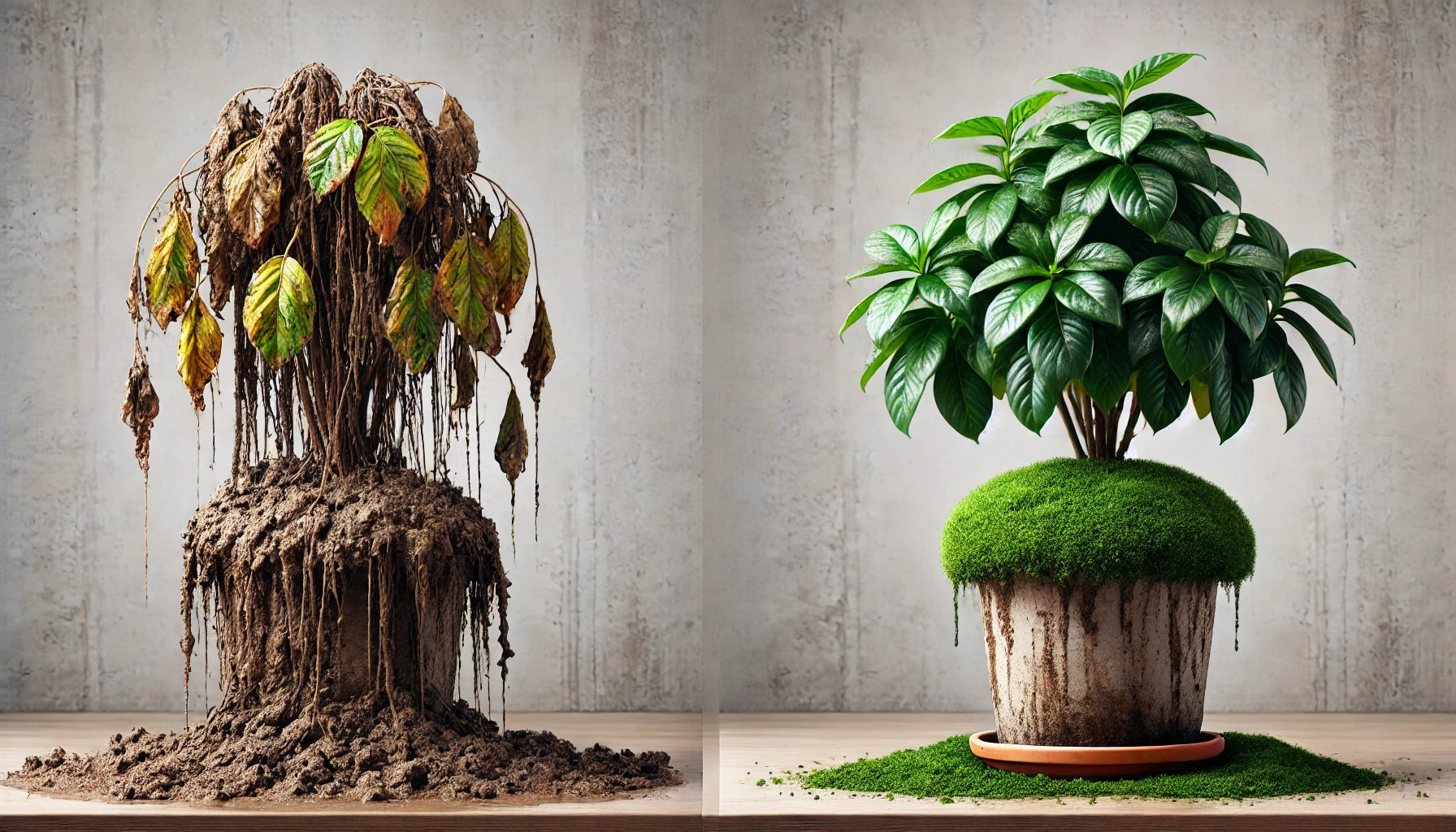
How to Fix It:
- Choose well-draining, light, and airy potting mixes for most indoor plants. 🏞️
- For succulents and cacti, use cactus or succulent-specific soil with more sand for drainage. 🌵
- Tropical plants (like ferns or philodendrons) prefer a moisture-retaining soil with organic matter, such as peat or coconut coir. 🌿
Make sure you’re selecting the right soil for each plant type to keep them happy and healthy! 🌸🪴
Ignoring Humidity Needs 🌬️💧
Many indoor plants, especially tropical varieties, thrive in humid environments. Indoor air can often be too dry, especially during winter months, leading to brown tips, curling leaves, and overall plant stress. 🌿
Signs of Low Humidity:
- Brown, crispy leaf edges 🌾
- Leaves turning yellow or dropping prematurely 🍂
- Stunted growth or slow recovery from stress 🌱
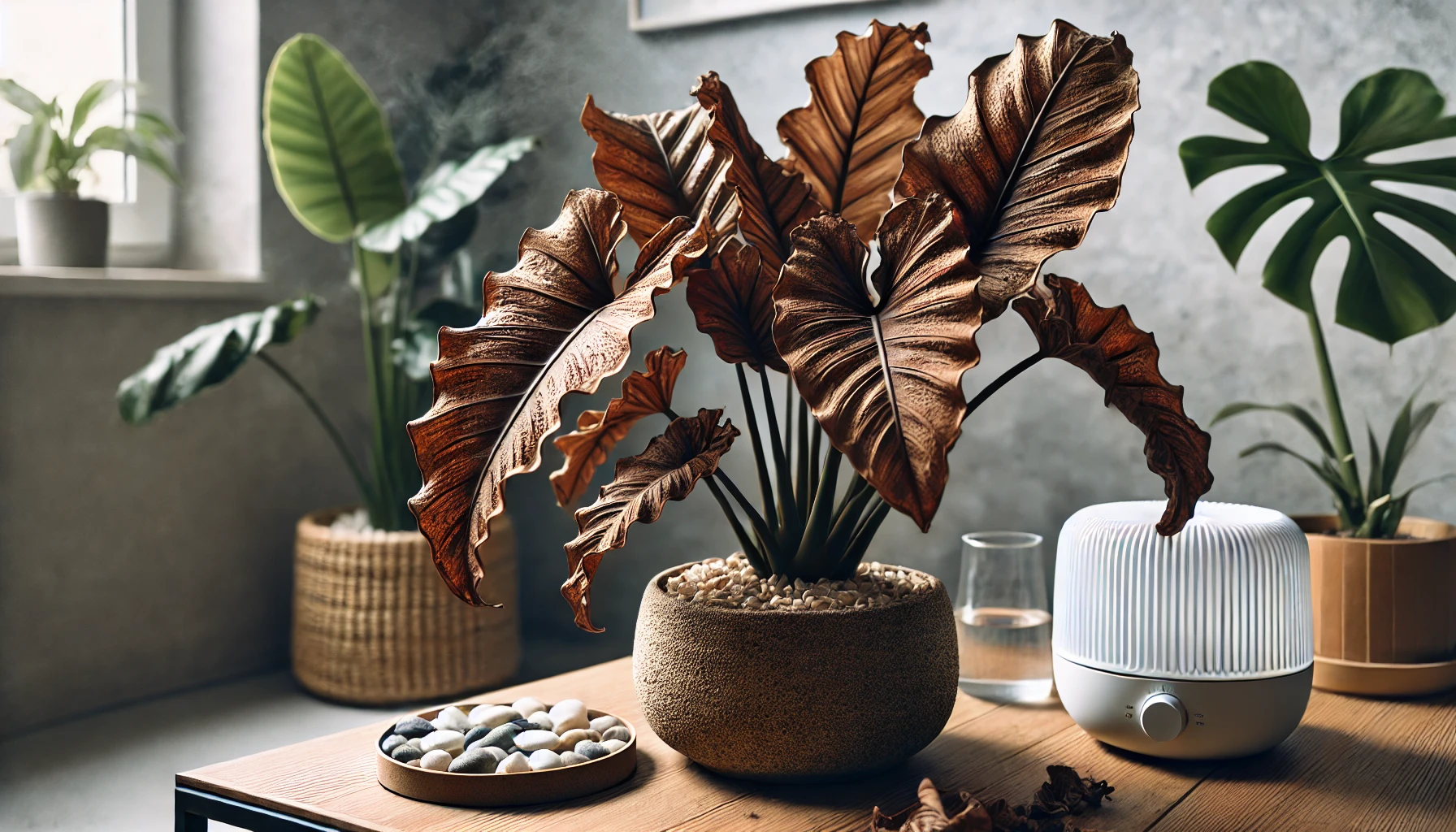
How to Fix It:
- Group your plants together to create a mini humid microclimate. 🌿
- Use a humidity tray by placing water and pebbles underneath your plants. 💧
- Consider using a humidifier to maintain consistent moisture levels in the air, especially in dry indoor spaces. 🌬️
By meeting your plants’ humidity needs, you’ll ensure they stay lush and vibrant! 🌸💦
Improper Pot Size 🪴📏
Using the wrong size pot can stunt your plant’s growth or cause other issues like root rot or stress. A pot that’s too small restricts root growth, while a pot that’s too large can cause waterlogging and root rot. 🏺
Signs of Wrong Pot Size:
- Roots growing out of the drainage holes 🌱
- Soil staying wet for too long after watering 💧
- Stunted or slow plant growth 🌿
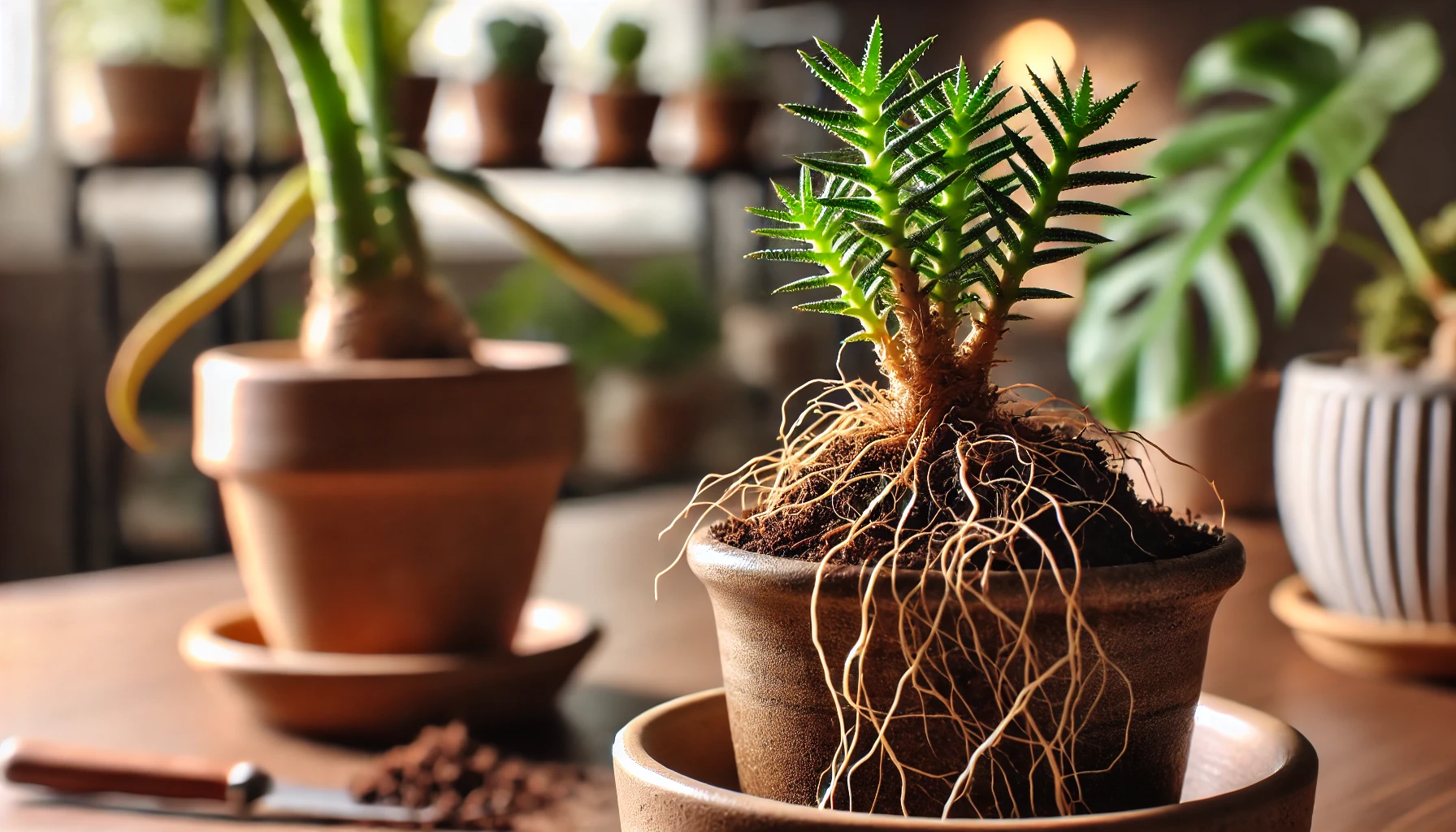
How to Fix It:
- Choose a pot that’s just 1-2 inches larger than your plant’s current root ball for healthy root development. 🌸
- Make sure the pot has proper drainage holes to avoid water buildup. 💦
- When repotting, check the root system. If it’s tightly packed, gently loosen the roots before placing it in a new pot.
The right pot size helps your plant’s roots thrive and ensures healthy, steady growth! 🌱🌿
Not Pruning Regularly ✂️🌿
Pruning is an essential part of maintaining healthy indoor plants. Neglecting to prune can lead to overgrowth, poor shape, and even pest problems. Regularly cutting away dead or damaged growth encourages fresh, vibrant new growth. 🌱
Signs Your Plant Needs Pruning:
- Leggy, overgrown stems that stretch toward the light 🌿
- Dead or yellowing leaves 🍂
- Crowded foliage blocking airflow 🌬️
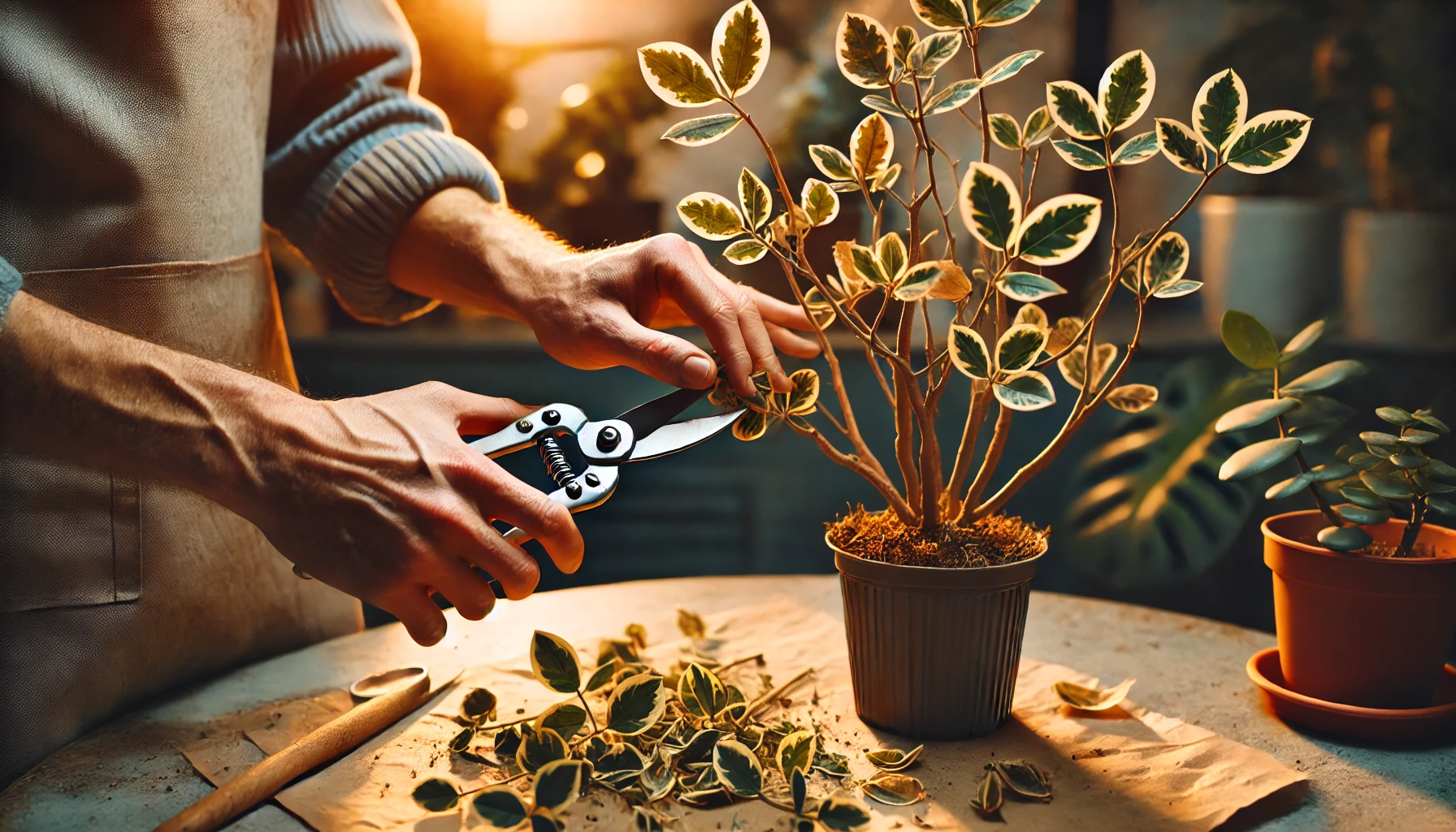
How to Fix It:
- Remove dead, yellow, or damaged leaves to promote new growth. ✂️
- Trim leggy stems to encourage bushier, fuller plants. 🌱
- For flowering plants, prune after blooming to maintain shape and encourage more blooms. 🌸
Pruning not only keeps your plants looking neat but also improves air circulation and overall plant health! 🌿💚
Using the Wrong Fertilizer 🌱⚗️
Using the wrong type of fertilizer can harm your indoor plants by either overfeeding or underfeeding them. Fertilizers provide essential nutrients, but using the wrong one—or too much—can lead to nutrient imbalances, weak growth, or even root burn. 🧪
Signs of Fertilizer Problems:
- Yellowing leaves with green veins (nitrogen deficiency) 🍂
- Brown leaf tips (over-fertilization) 🌿
- Stunted or weak growth despite regular care 🌱
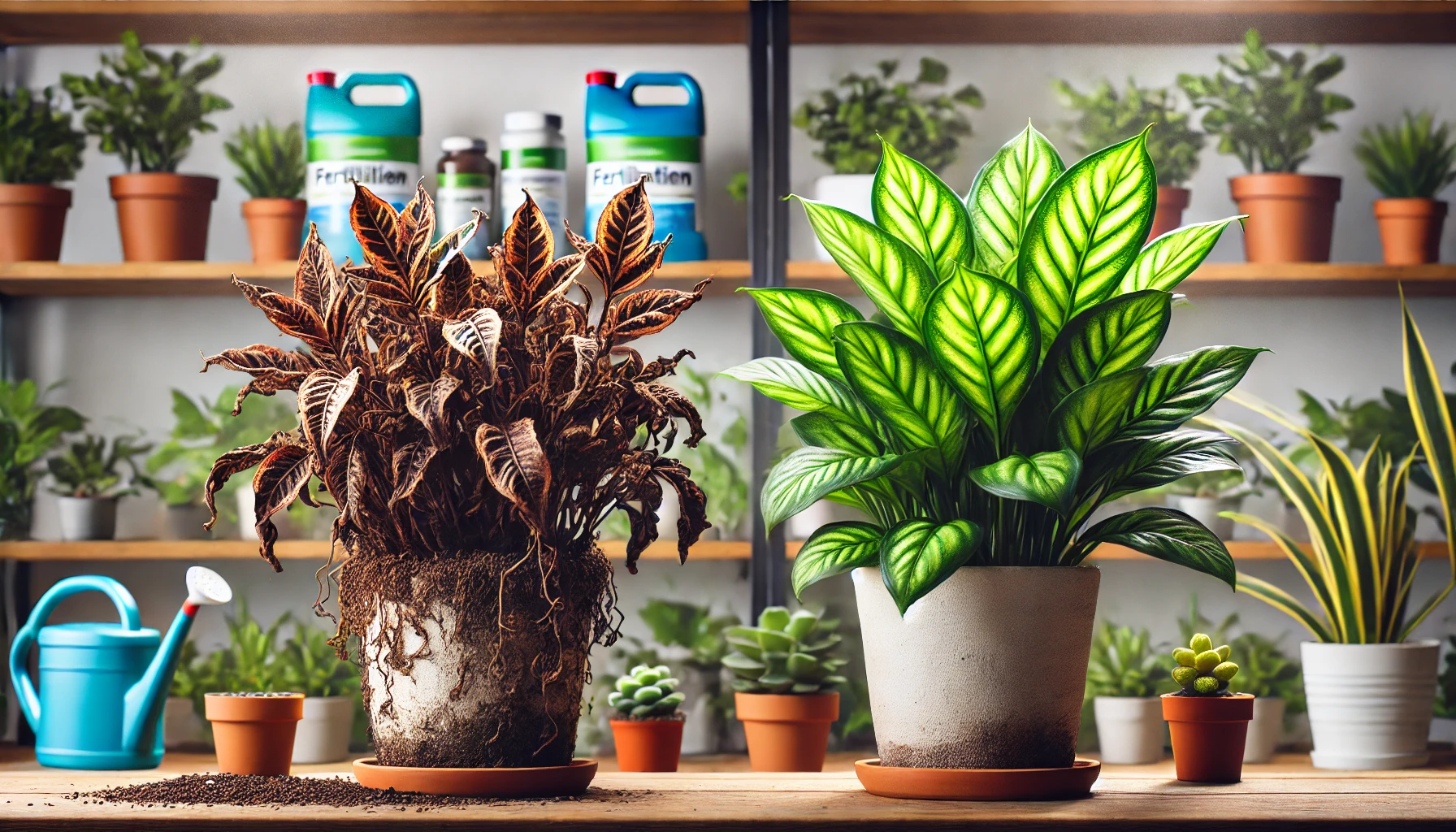
How to Fix It:
- Choose a balanced fertilizer (like 10-10-10) for most plants, or use specialized formulas for specific types (e.g., cactus, orchids, or flowering plants). 🌸
- Avoid over-fertilizing; it’s usually better to underfeed than overfeed. Apply fertilizer every 4-6 weeks during the growing season.
- Water your plants before applying fertilizer to prevent root burn. 💧
With the right fertilizer, your plants will get the nutrients they need to thrive! 🌿✨
Not Inspecting for Pests Regularly 🐛🔍
Pests can quickly become a problem for indoor plants if left unnoticed. Insects like aphids, spider mites, and mealybugs can damage your plants, causing yellowing leaves, stunted growth, and even plant death. Regularly checking for pests is key to keeping your plants healthy. 🐞
Signs of Pest Infestation:
- Sticky residue on leaves or around the plant 🦠
- Tiny webs or white, cotton-like spots (spider mites or mealybugs) 🕸️
- Discolored or distorted leaves 🍃
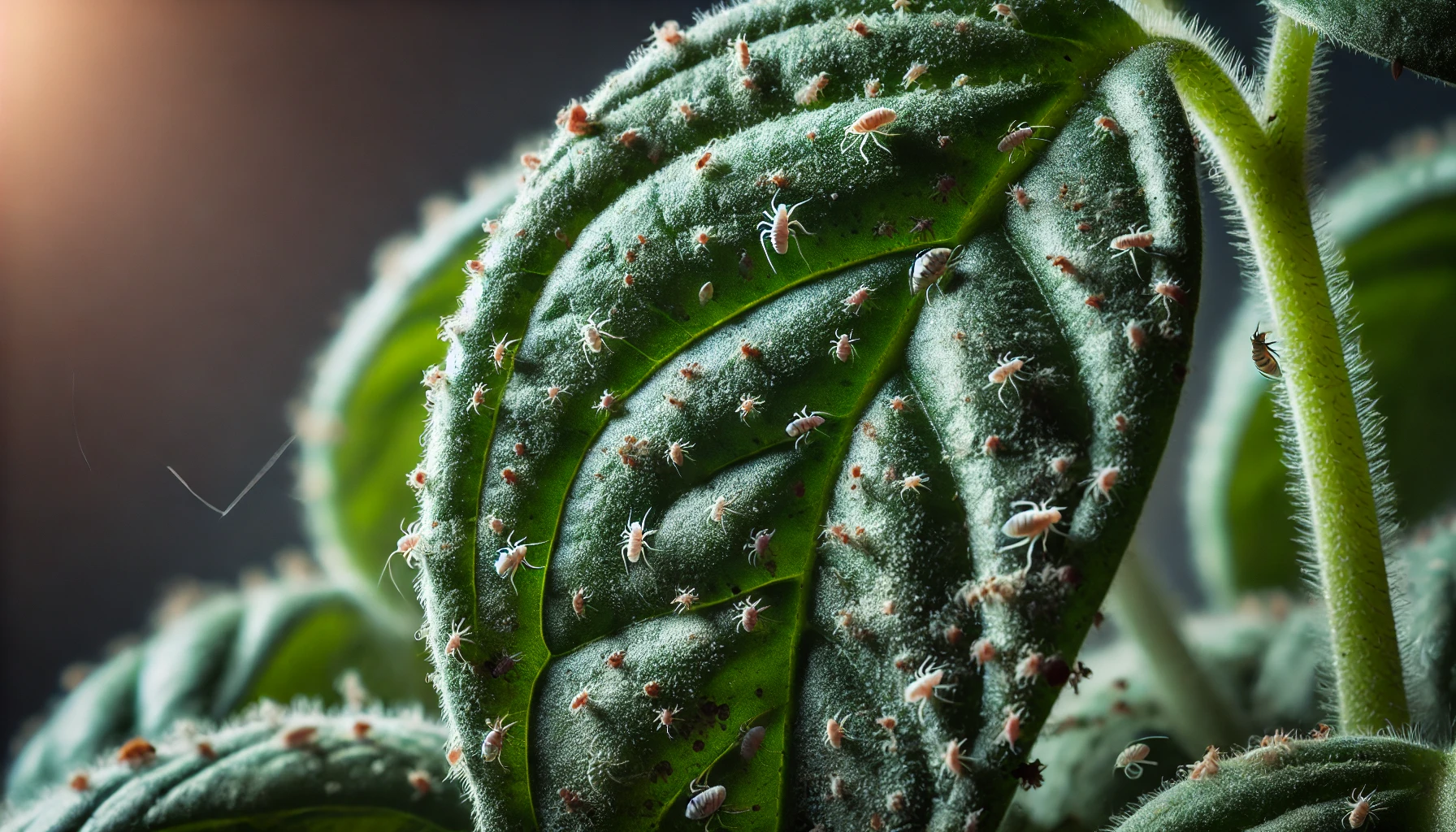
How to Fix It:
- Inspect your plants thoroughly, especially the undersides of leaves and stems. 🧐
- Treat pests early with natural remedies like neem oil or insecticidal soap. 🌿
- Isolate infected plants to prevent pests from spreading to healthy ones. 🏠
Regularly inspecting for pests ensures your plants stay healthy and pest-free! 🌱🐜
Overcrowding Plants 🌿🤔
While it’s tempting to fill your space with lots of plants, overcrowding can harm your indoor garden. When plants are too close together, they compete for light, water, and nutrients, leading to weak growth, poor airflow, and increased risk of diseases. 🌱
Signs of Overcrowding:
- Stunted or slow growth due to lack of space 🌿
- Yellowing or drooping leaves 🍂
- Increased humidity around the plants, promoting mold or mildew 🦠
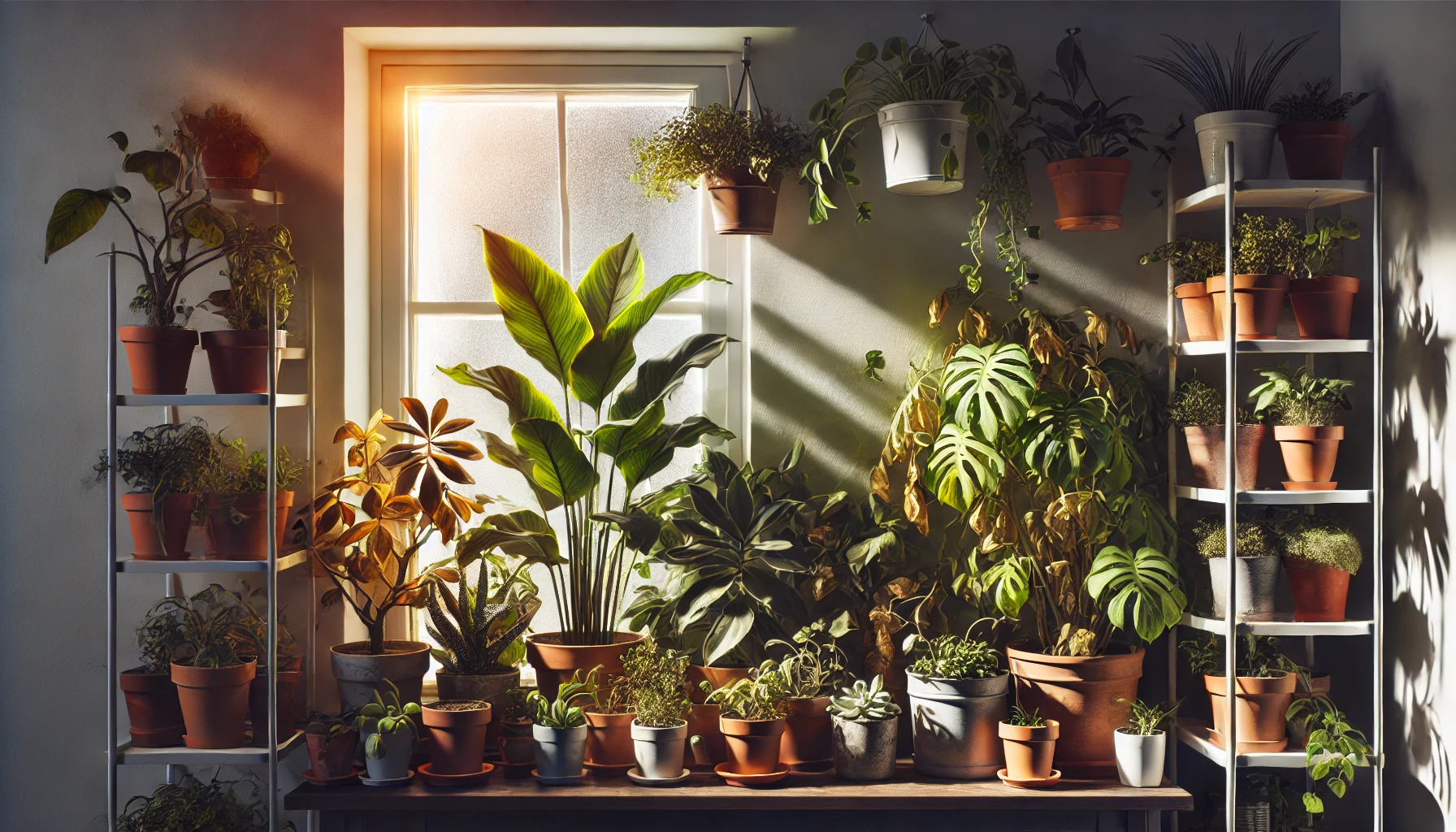
How to Fix It:
- Give your plants room to grow! Ensure each plant has enough space to spread out. 🌸
- Trim or prune excess growth to maintain healthy shape and airflow. ✂️
- Rotate your plants regularly to ensure all sides get sufficient light. 🌞
By spacing your plants properly, you’ll promote healthy growth and reduce stress, keeping them happy and thriving! 🌱💚
Indoor gardening can be incredibly rewarding, but avoiding common indoor gardening mistakes is key to creating a thriving, healthy garden. By paying attention to watering habits, light conditions, humidity, and the right soil, you can ensure your plants flourish. Regular pruning, using the right pot size, and checking for pests will also keep your indoor garden looking its best. 🌱
Start implementing these tips today to prevent common mistakes and help your plants reach their full potential. Remember, with a little care and attention, your indoor garden can become a beautiful, thriving oasis. 🌸💚 Happy gardening!
Frequently Asked Questions (FAQ)
How often should I water my indoor plants?
Watering frequency depends on the plant type, pot size, and environment. Instead of watering on a fixed schedule, check the soil moisture by sticking your finger an inch deep—water only if it feels dry.
Why are my plant’s leaves turning yellow?
Yellowing leaves can be caused by overwatering, underwatering, poor drainage, or nutrient deficiencies. Assess watering habits and consider adjusting lighting and fertilization.
Do indoor plants need direct sunlight?
Some plants thrive in bright, indirect light, while others need direct sunlight. Understanding your plant’s light requirements is essential to prevent issues like leggy growth or scorched leaves.
What is the best type of pot for indoor plants?
Pots with drainage holes are best to prevent root rot. Materials like terracotta help with moisture control, while plastic and glazed ceramic retain water longer.
Can I use regular garden soil for indoor plants?
No, garden soil is too dense for potted plants and can lead to poor drainage and compaction. Use a high-quality potting mix designed for indoor plants instead.
How can I prevent pests from attacking my indoor plants?
Regularly inspect your plants for signs of pests. Keep foliage clean, avoid overwatering, and quarantine new plants before introducing them to your collection.
Why is my plant growing slowly?
Slow growth can result from inadequate light, lack of nutrients, improper watering, or a pot that’s too small. Check these factors to ensure optimal conditions for your plant.
Is it okay to mist my plants?
Misting can help increase humidity, but it’s not a substitute for proper watering. Some plants, like succulents, don’t benefit from misting, while tropical plants may appreciate it.
